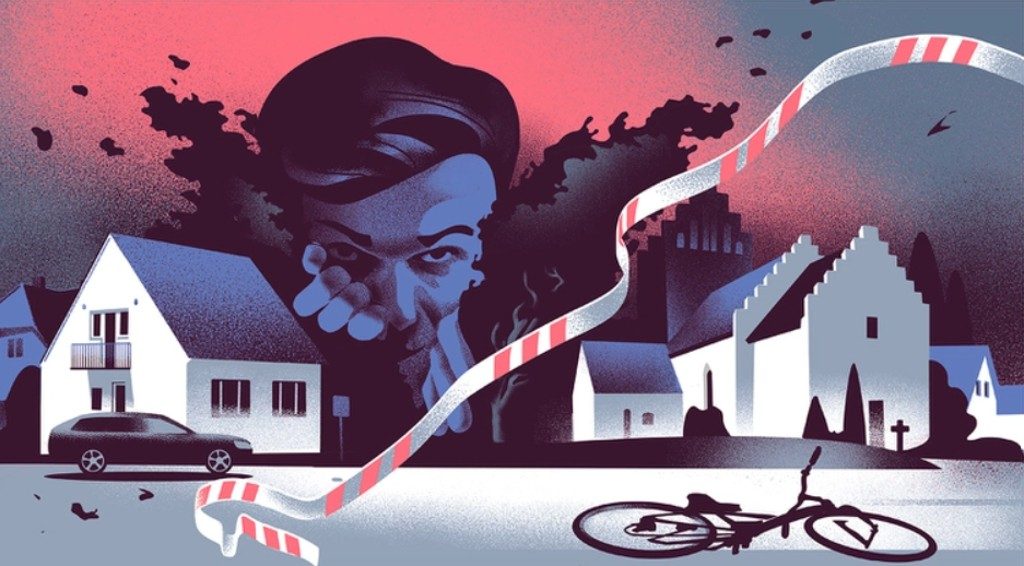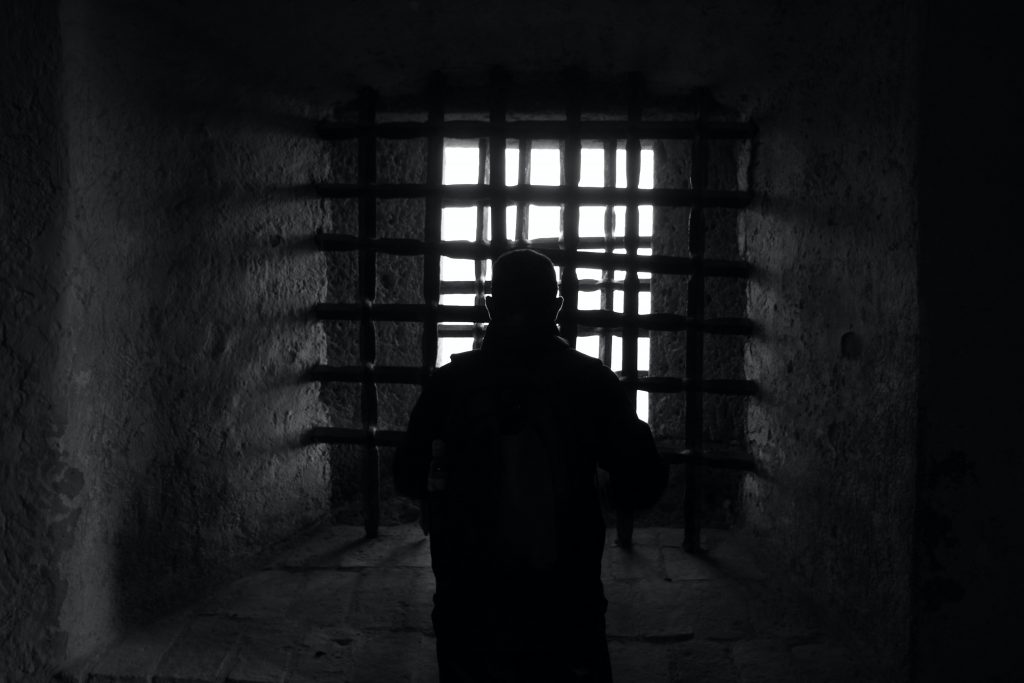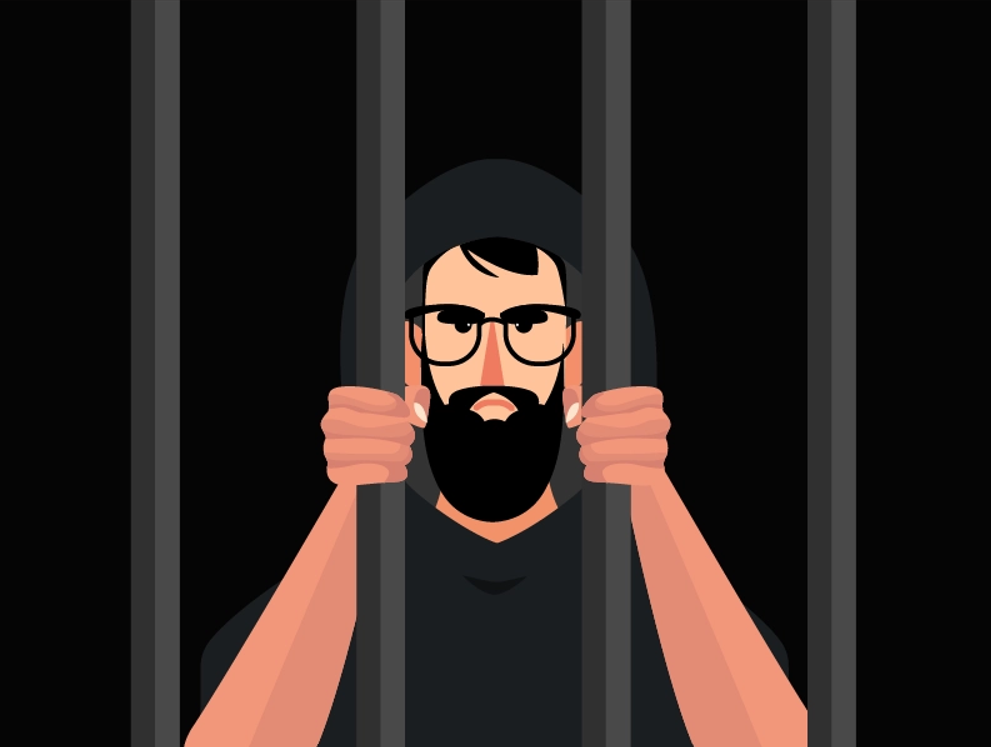
Crime is a ubiquitous word that we casually use in our day-to-day life. Collared crimes existed for tens of years in our society. There are different types of collared crimes, like red-collar crimes, green-collar crimes, pink-collar crimes, white-collar crimes, and blue-collar crimes, out of which white-collar crime is the one that people are most aware of today, hence the main aim of this article is, to bring awareness among people about the blue-collar crimes, their types and their implications on the Indian society.
In the discipline of criminology, blue-collar crimes refer to those committed by any person who belongs to a lower class of society, hence making them the opposite of white-collar crimes, which are committed by people who belong to the higher class of society. This collar of crime has not yet legally received any classification to the types of crimes it includes, therefore, blue-collar crimes contain a general group of crimes in it and are committed for the gain of the person committing it, or a group of people, involved in it.
How did the term Blue Collar Crime come into being?

Barry Popik, who was an etymologist, was of the view that “blue-collar workers were mentioned in contrast to white-collar workers, as early as 1924.” The term ‘blue collar’ arose on its own around the 1930s, and then was seen in the New York Times, in 1945, for the first time, stating, “If we may call professionals and office positions white-collar jobs, we may as well call the trades as the blue-collar jobs.” Subsequently, both the terms, white-collar and blue-collar attained popularity after the happening of the Second World War.
When this term (blue-collar) was coined, these workers didn’t have any dress code, or uniform for working purposes, the physical labor job workers, used to wear clothes of dark shades to reduce the visibility of the satins, collected from the work they did, and, the people who were employed in offices, were able to wear shirts with white collars in them, without worrying of getting them dirty, because of their post, and they were also capable to afford to launder their clothes, regularly. The denim fabric became very popular among the coal mine workers and others, around the 1870s, by the time the 20th century rolled in, shirts, boiler suits, and coveralls, all started coming in blue color and frequently gained popularity among the physical laborers.
At that period, physical labor work was mostly assigned to the people who belong to lower classes; this term was permanently fixed with them, to describe less income-earning people. The same term ‘blue-collar workers’ continued to be attached to them today as well, hence whenever any crime is committed by a person or group of persons who belong to lower castes of society, are said to have committed a blue-collar crime. The phrase blue-collar crime does not only includes the people who earn a low income, but also includes, those people who belong to the lack of resources, lower classes, have committed a crime, and are unemployed. The crimes committed by blue-collar workers are personal and instantaneous, like theft, robbery, etc. On the other hand, the crimes committed by white-collar workers, are completely planned and are executed by the use of the resources easily accessible to them.
Types of Blue Collar Crime
Many crimes come under the purview of Blue Collar Crimes. Hence, to make a better analysis it has been categorized into four parts, each of which contains different crimes, which come in that heading.
- Crimes against property
It includes burglary, theft of things that belong to others, arson, etc. The crime of housebreaking is also observed to be committed very frequently the people belonging to a lower class of society. People like hawkers, domestic helpers, rag pickers, etc. are often seen involved in committing these kinds of crimes. - Crimes against person
Crime against a person refers to the crime that has been committed against a person or society. It involves rape, robbery, causing grave injuries, violence, or intimidation of violence against people, assaults, homicides, harassment, etc. - Juvenile Crimes
It includes the crimes that are committed by juveniles. Various legislations provide for a specific procedure, to be followed when a juvenile is involved in a criminal act. An example of the same is the one witnessed by the whole country in the Nirbhaya rape case in which a juvenile was also one of the criminals. - Victimless Crime
This category of crimes refers to those crimes, where there is no immediate apparent victim, for example, drug abuse, gambling, and prostitution. It has been seen that people belonging to lower classes, due to unawareness, and illiteracy, indulge in the activities of human trafficking and prostitution, they do drug trafficking, to earn money for their livelihood, however, this need turns into a habit for them that they become unable to escape.
Causes and Implications of Blue Collar Crime

Because these crimes are observed committed by people who belong to the lower class of society, there exist many reasons, behind the commission of these types of crimes. These causes are as follows-
- Absence of Education
When we say education it does not only involve, the practical aspects of the same, but the social and ethical aspects as well, which are required for the development of a country, and this is what lacks among the lower class of society. Even after so many initiatives of government, there is still a large part of the population of this country that remains uneducated, and almost all the individuals who come in this part belong to the lower class. Education is an integral part not only because it leads to the development of the country but because it also leads to the moral development of such individuals, which in turn helps them in differentiating what is wrong and what is right, and knowing this difference can cause a major difference in the statistics of crime. Individuals of young age and without any schooling, are said to be more involved in committing crimes.
- Presence of Unemployment
People who belong to a lower class of society are not all employed, and due to the lack of education, their chances to get employment at firms, and offices, reduce to nil. Which ultimately forces their hands to commit crimes; however unemployment is no excuse for committing crimes, but it remains a major reason for the happening of blue-collar crimes. People indulge in the activities of theft, and robbery because they are unemployed and in dire need of money.
- Lack of executive initiatives
The respective government and the administrative authority are under the obligation to keep a check and provide solutions to the problems that the citizen of the country are facing and to take such initiatives, which will help in the development of the people who belong to the lower class of the society. The absence of such initiatives could also be an indirect cause behind the happening of blue-collar crimes.
- Absence of basic amenities
Hygiene, shelter, food, etc are the necessities that are required by any person, and the absence of the same could also become the cause of blue-collar crimes. However, this lacking cannot influence the happening of the crime, directly, but it could be the secondary cause responsible for the blue-collar crimes in society.
These abovementioned points are not exhaustive; there can be other reasons as well behind the commission of a blue-collar crime. Even though these crimes are not committed with all the planning and plotting and using the high-tech resources available, as in the case of white-collar crimes, they still have repercussions on society. Blue-collar crimes affect society to a very large extent. Even, though they are committed against individuals, with sometimes an aim to achieve revenge, etc., because they are done, without the resources, they indulge in the use of force, ultimately resulting in badly injuring more people than they intended to injure.
These type of crimes are very actively committed on the streets, and hence draws a lot of attention, causing police to arrest more frequently. Because of such high visibility of the injuries caused by blue-collar crimes, such criminals are punished more severely, than any other color of collared crimes; they also suffer through such punishment because of their non-ability to afford decent legal assistance. The Indian Penal Code, 1860 and the Code of Criminal Procedure are the main pieces of statutes that come into play whenever a blue-collar crime is committed, where IPC contains the penalties and details of all the punishments, and the latter talks about the procedure that is to be followed to punish the offenders.
Section 392 of the Indian Penal Code deals with the punishment for the crime of robbery, where the offender is to be punished with imprisonment of rigorous nature, for a period that could be extended to 10 years, with a fine. The punishment for the crime of sexual assault is imprisonment for a minimum period of 10 years of rigorous nature and a fine, this period can also be extended to imprisonment for life. The crime of theft under Section 379 of the Indian Penal Code states that the thief is to be punished with imprisonment for a term that may be extended to 3 years of either description, with a fine, or both. Similar to these punishments for other blue-collar crimes, are also mentioned in the code. But the point of the matter is that at this very point, blue-collar crimes are increasing day by day, and the legislations are unable to provide justice at the same speed. The increase in this type of crime requires serious measures to be taken by the legislatures.
Blue-collar crimes gravely affect the societal framework of a country. They hinder the growth of human, social, and substantial resources. These kinds of crimes create an environment of terror, which in turn results in affecting the production sector of the society, as the workers become hesitant to complete their work, in such areas of crime. Today, whenever we pick up a newspaper, we can easily find at least one headline related to sexual assault against violence, which means that the crime of sexual assault, against women, is increasing day by day, hence restricting them from coming out of their houses, and live their life without fear of being harassed, or worse raped.
Not only this but if blue-collar crime keeps increasing at a fast speed, it would eventually end up hurting the tourism industry as well, we have heard of many cases, where the people who operate rickshaws, electric transport vehicles, end up looting the tourist by taking them to a deserted place or even harass them sexually. An increase in blue-collar crime might also indirectly end up hurting investment.
Conclusion

The Supreme Court of the country has in the case of State of Gujarat v. Mohanlal Jitamalji Porwal and Another stated the difference between both white-collar and blue-collar crimes and observed that “infliction of financial harm or committing financial offenses like money laundering, cash embezzlement, etc requires, proper consideration, planning, and strategizing, however, the crime like murder can also be committed in the heat of the moment. The thing is it doesn’t matter if you’re committing a high-level crime, or a low-level one, what matters is that crime of any kind when increases in society it hinders its ability to grow and develop, and for a country like India, which is still developing, there is a special need focus on the fact, that these rates of crime be it blue-collar one, or any colored collar one, are brought down, to continue on the path of becoming a developed country.